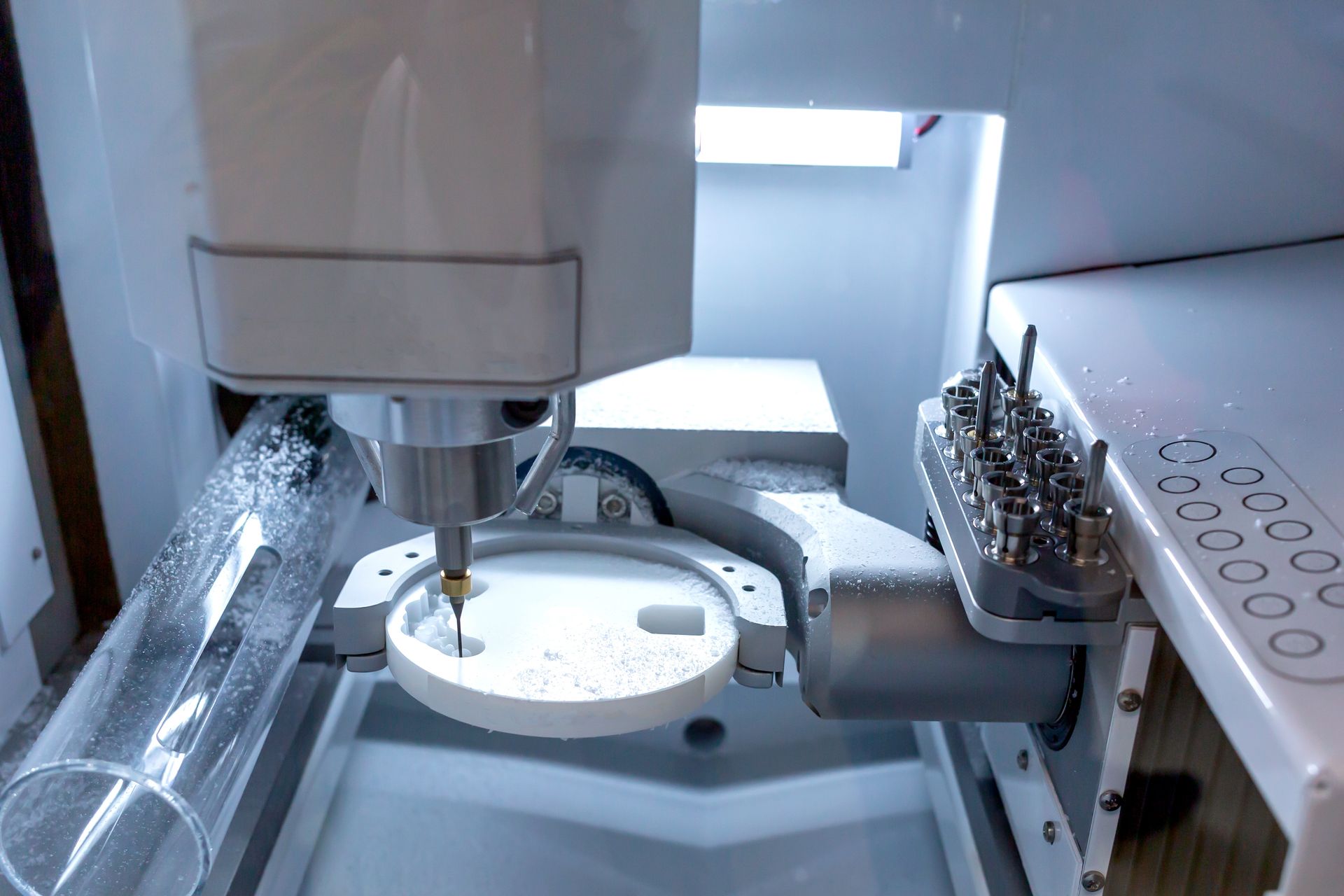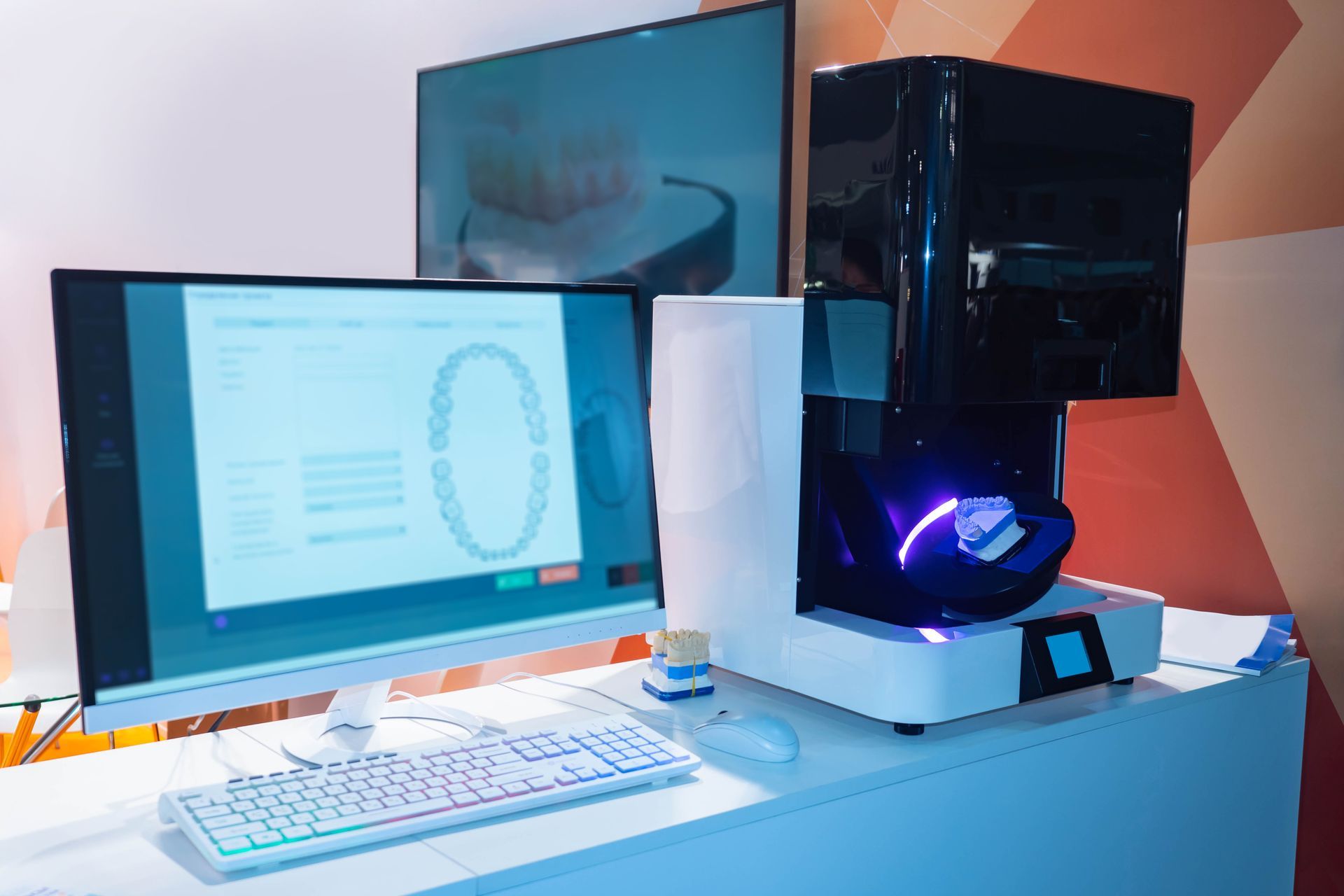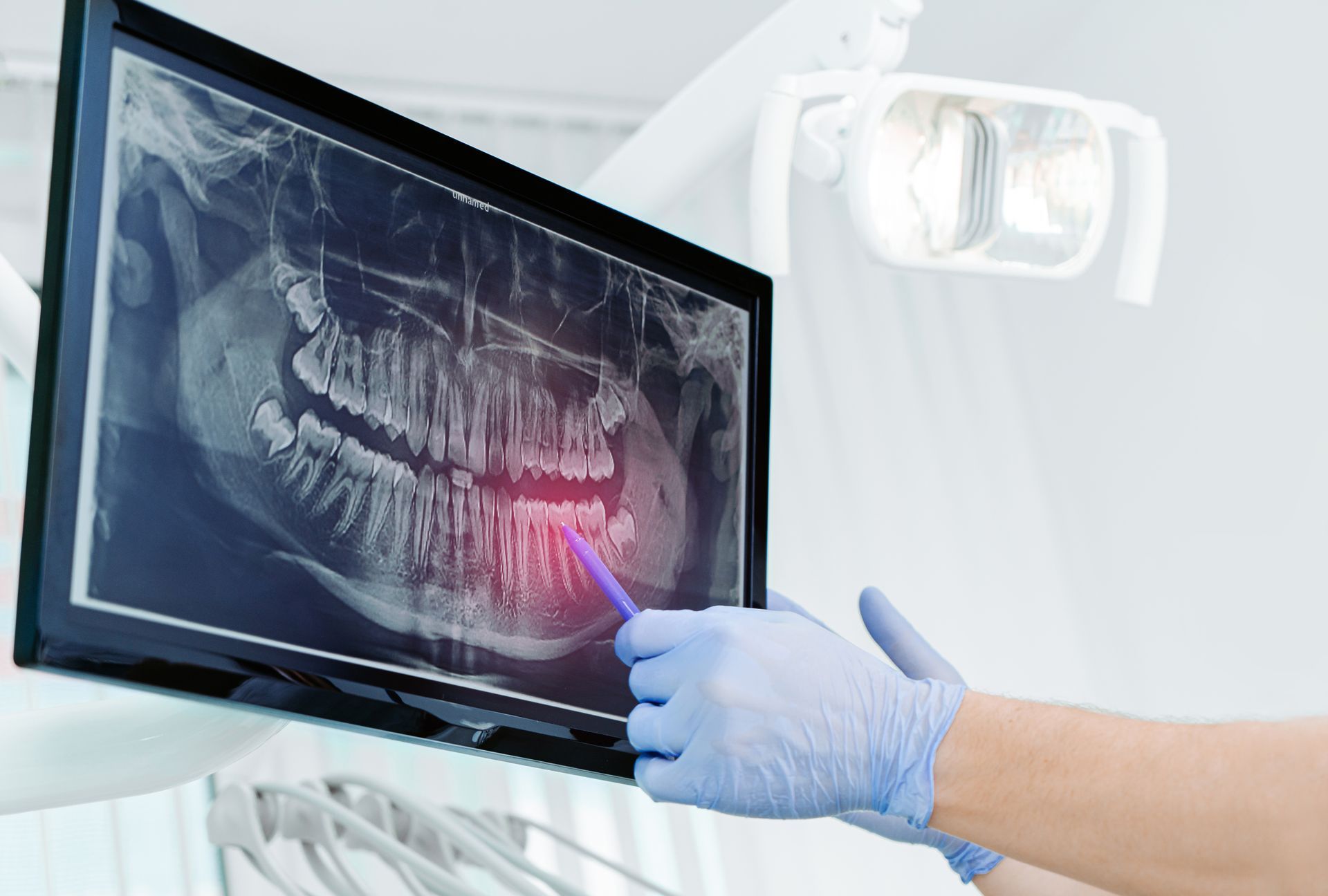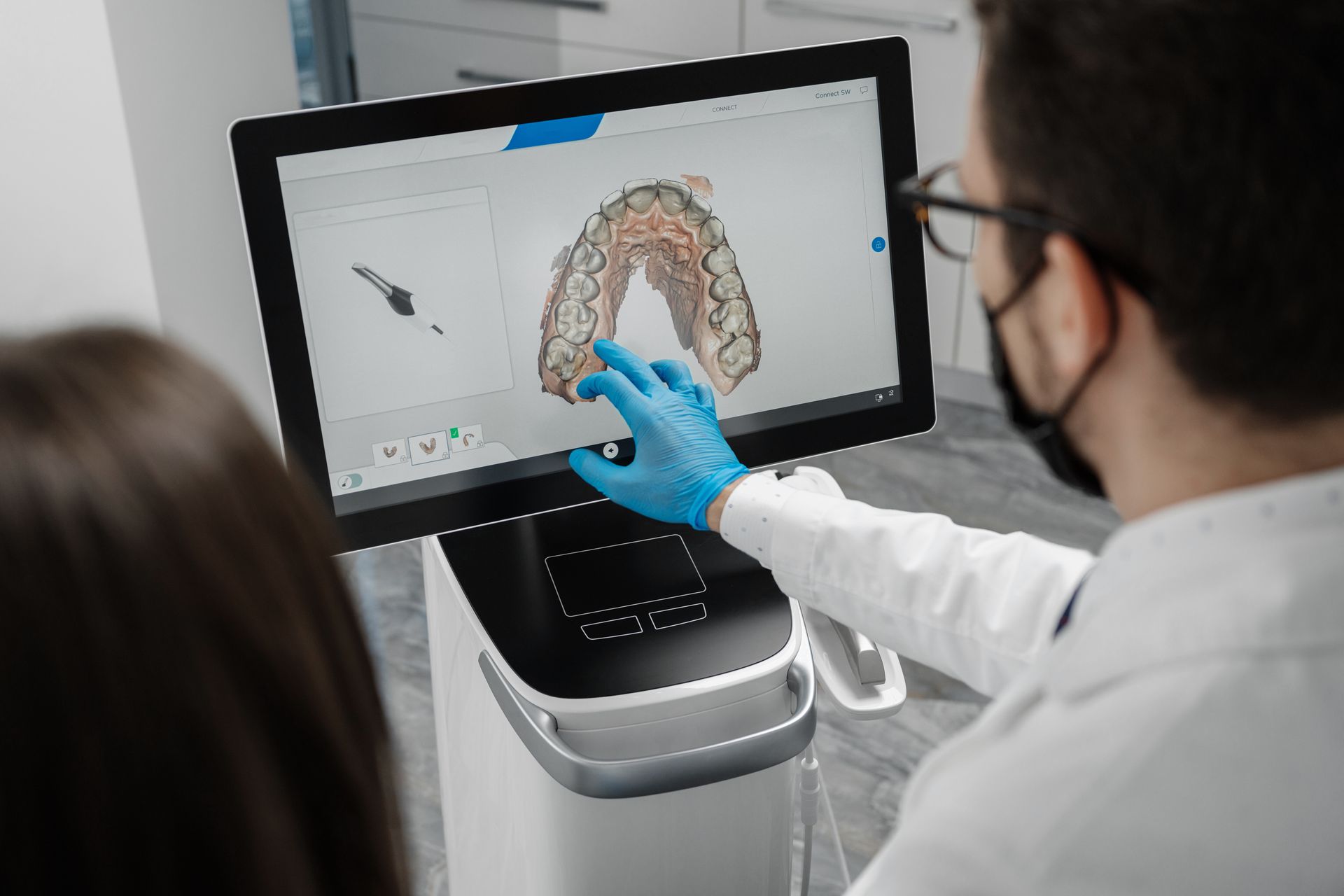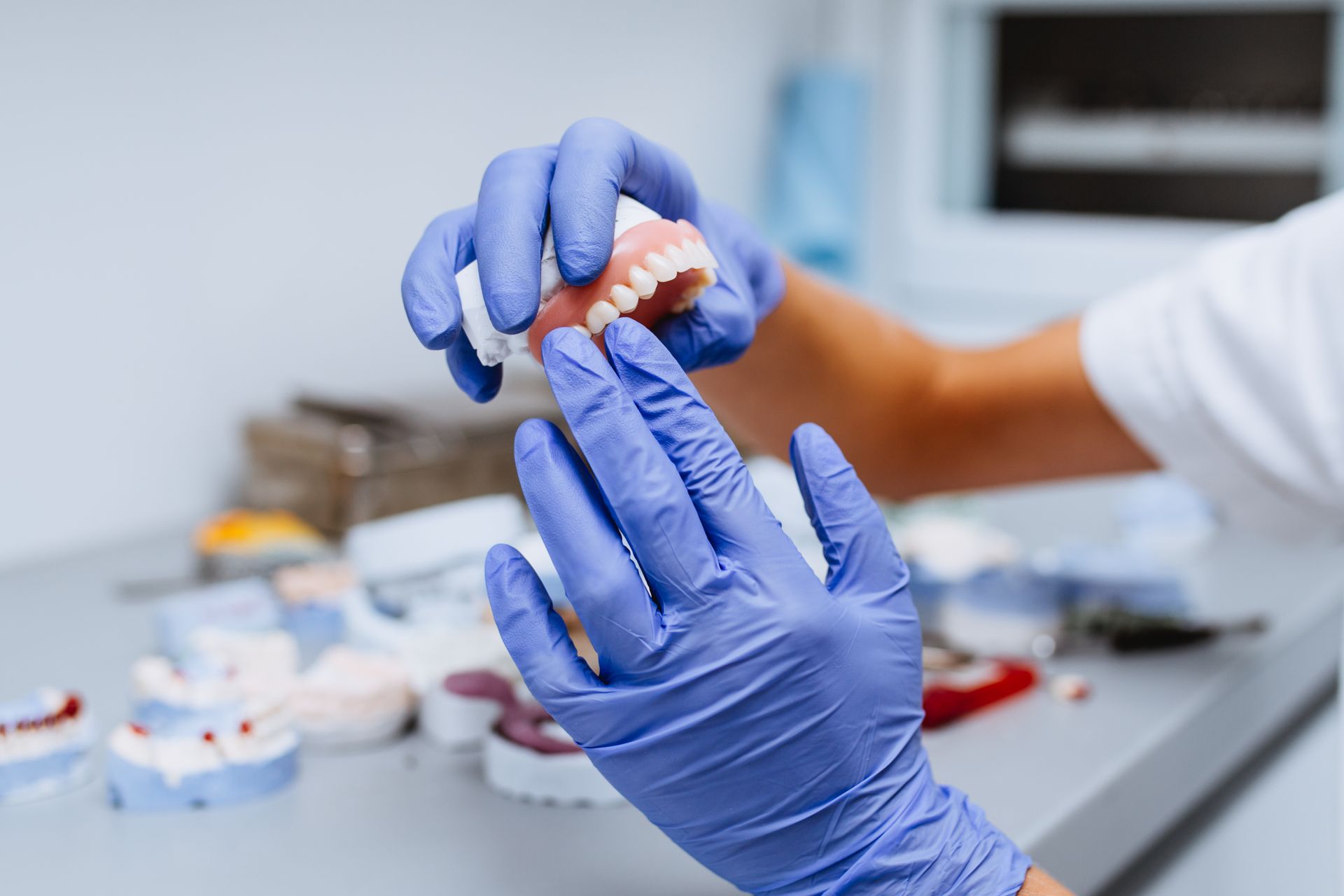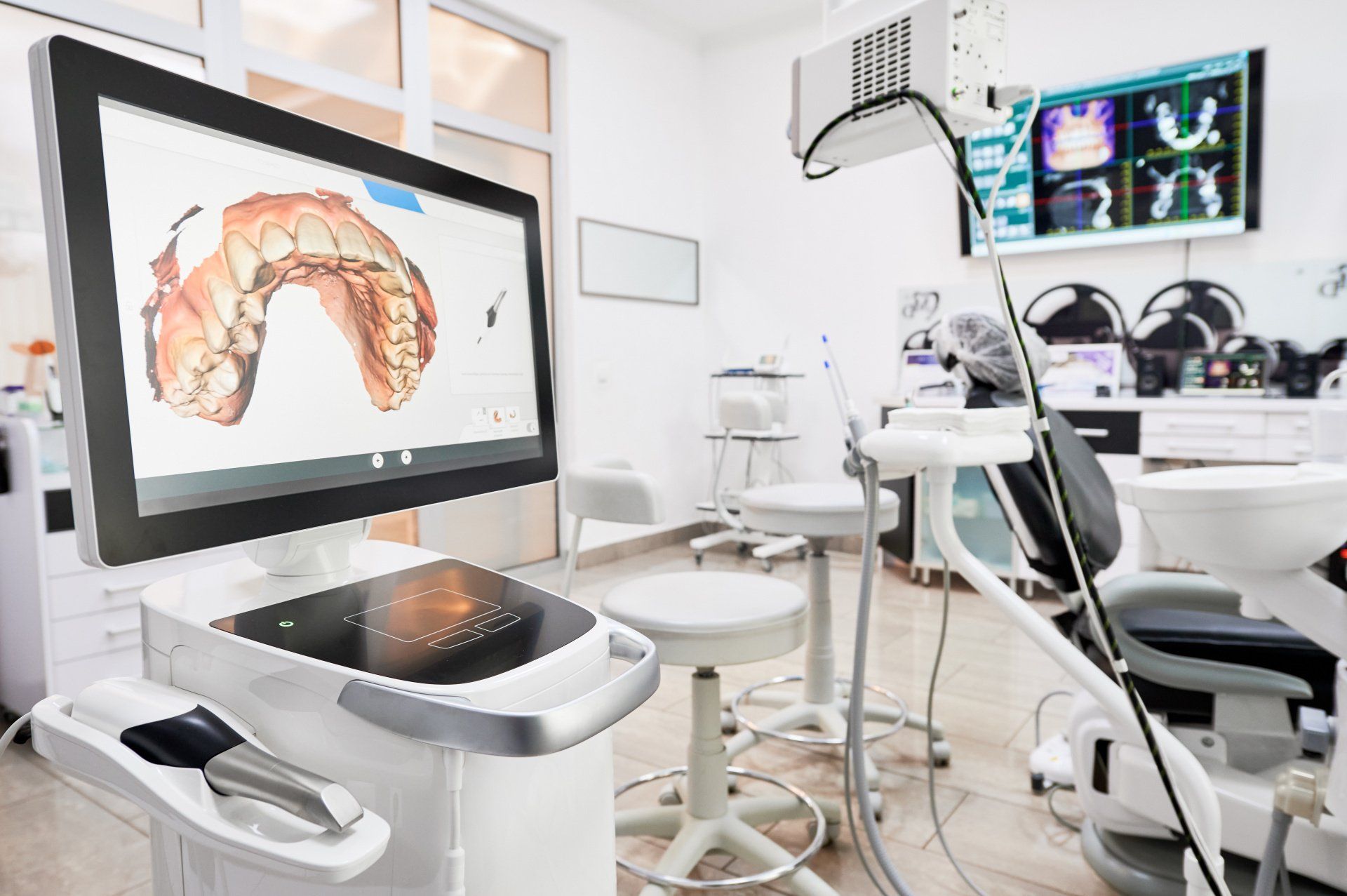PFM Crowns: Taking a Look at Important Tooth Preparation Processes
Patients have different options regarding crown restoration. However, the most popular choice in aesthetics and function has to be Porcelain-fused-to-metal (PFM) crowns. They’re built using a metal substructure and closely mimics the natural appearance of teeth.
For a procedure as delicate as PFM crown preparation, it’s necessary to follow proper procedures while applying sufficient tooth reduction treatments. Unless you want to receive complaints from dissatisfied patients, it’s best to review these guidelines.
Performing a Successful Restoration
Since people lose teeth in various ways, it’s important to approach the issue with proper preparation. For the restoration to be a success, the tooth to be placed must be the right size while considering the metal substructure and porcelain’s presence
It’s best to follow a system and organized approach to treating a tooth one by one. While the method of creating guiding grooves and reducing labial or buccal surfaces are standard, it’s important to make certain preparations regarding the missing teeth’s placement.
Preparing Posterior Teeth
Depth holes need to be created in the occlusal surface to make appropriate occlusal depth cuts. Afterward, the occlusion will then be reduced to adjust to a lingual chamfer and buccal shoulder. This preparation should extend slightly further to make them more visible
For occlusal surfaces of posterior teeth, these generally require 1.5 to 2 mm of clearance. It may be less depending on the crown’s fabrication considering metal occlusal surfaces or a metal bite stop.
As a general rule, all margins should be continuous circumferentially. Moreover, the other angles need to be rounded to prevent any obvious bur marks. Common areas where finishing can get tricky include the axial wall to occlusal.
Preparing Anterior Teeth
Anterior teeth need to be reduced by about 1.2mm from their labial surface. However, some mouths may fit better with a 1.5 mm size. Additionally, lingual surfaces need to be reduced by or 2 mm, depending on the patient.
Remember to use a central cervical groove parallel to the path placement. This needs to be aligned along the long axis of the tooth. Afterward, incisal edge reduction grooves measuring approximately 1.8 mm deep are made. You can use a periodontal probe to ensure if you’re making the right depth.
Afterward, the incisal edge needs to be reduced while breaking proximal contact. This protects the adjacent tooth from damage by reducing the anterior tooth by 2mm. The proximal contacts are then adjusted with a 0.5mm lingual chamfer
After handling the proximal embrasures, preparation will be complete with a fine-grit diamond bur. Keep in mind that metal collars should be considered for patients with exposed root dentine or gingival recession.
Watching Out for Common Mistakes
Since a PFM crown restoration requires precise measurements, it’s common for some dental professionals to commit minor mistakes. Usually, lipping and going to the labial shoulder can be compromised through unevenness. Moreover, over and under-preparation can lead to inaccurate leveling of different PFM crown components.
If your patient has particular circumstances with their teeth’s alignment, it’s essential to consult with your lab to see if you have the right tools on hand to handle their case. Doing so will prevent too many adjustments during the procedure and afterward.
Conclusion
Like any dental procedure, it’s crucial to receive the right tools and materials for a successful PFM crown restoration. Without precise equipment, your preparations will go to waste. Thankfully, you can connect with effective and accommodating full-service dental labs to provide you with these necessary instruments.
If you need a reliable
dental laboratory in the US, you're in the right place. At Vitality Tech LLC, we provide equipment and implements to help you deliver quality service to your patients. dental implants, dental fixed prosthetics and other essentials you'll need for your practice. Contact us if you need dental implants, fixed prosthetics, flexible dentures, and other dental essentials.


